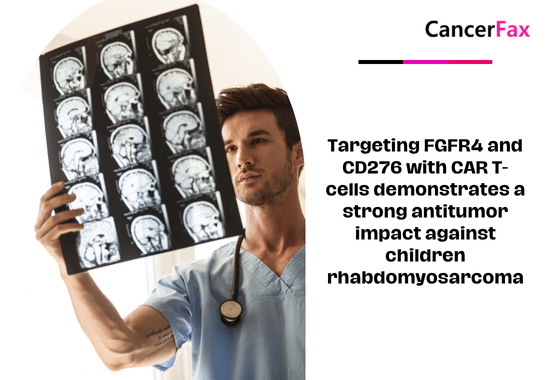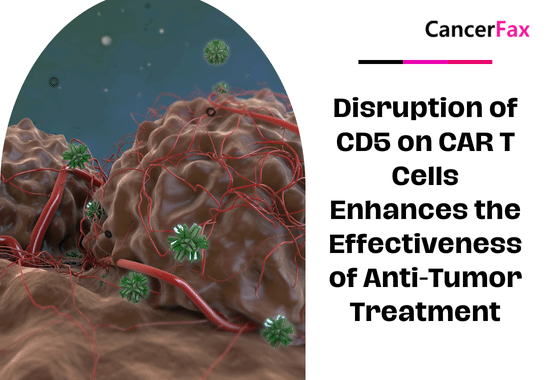According to statistics, patients with gastric cancer treated in the United States, Europe, and Japan are often recommended to use ramucirumab in combination with other drugs to treat gastric cancer.
The US Food and Drug Administration (FDA) announced on April 21, 2014 that it approved Ramelicirumab (Ramucirumab), a brand name of Cyramza, for the treatment of patients with advanced gastric cancer or adenocarcinoma of the gastroesophageal junction. . Ramolizumab is a humanized monoclonal targeting antibody that specifically blocks vascular endothelial growth factor receptor 2 (VEGFR2) and downstream angiogenesis-related pathways.
The director of the FDA ’s Hematology and Oncology Products Division said: “Although the incidence of gastric cancer has declined in the United States over the past four decades, patients need new treatment options, especially when they are not effective for current treatments,” “Remo Ludan Resistance is a new option for patients with gastric cancer, which has been shown to slow tumor growth and prolong patient life. “
Anti-cancer principle of ramucirumab: By inhibiting the proliferation and migration of endothelial cells mediated by VEGF, it can play an anti-tumor effect.
Clinical trials have shown that ramucirumab can significantly improve survival (5.2 months vs. 3.8 months) and prolong progression-free survival (2.1 months vs. 1.3 months) compared to placebo.
The RAINBOW phase III trial showed that ramoluzumab combined with paclitaxel significantly improved median OS (9.6 months vs. 7.4 months), PFS (4.4 months vs. 2.8 months), and ORR (28% vs 16%) compared to placebo.
The combination of the anti-angiogenic drug ramucirumab and docetaxel in second-line treatment for advanced or metastatic urothelial carcinoma has yielded very promising results. Combination chemotherapy with cisplatin is the standard treatment for metastatic bladder cancer, and further treatment options are limited after the first-line treatment progresses. The mid-term analysis of this phase 2 randomized trial showed that combination therapy significantly increased progression-free survival to 22 weeks, while docetaxel alone was only 10.4 weeks.
Compared with single-agent docetaxel, docetaxel 75mg / m2 combined with ramucirumab 10mg / Kg as a second-line treatment plan after platinum-based chemotherapy for stage IV non-small cell lung cancer can significantly improve patients’ ORR, PFS and OS . The biggest advantage is that the program has the same significant effect on squamous cell carcinoma and non-squamous cell carcinoma, and there are no unpredictable adverse reactions.
The results of the trial showed that the total response rate of the docetaxel combined with ramucirumab group was significantly higher than that of the single-agent docetaxel group (22.9% v vs. 13.6%); while in terms of median progression-free survival, the treatment group and the control group (There are 4.5 months, VS3 months); the median survival time is the treatment group and the control group (10.5 months VS 9.1 months). The overall survival of some subgroups in the control group can be longer (including squamous cell carcinoma and non-squamous cell carcinoma).
The US FDA approved a single drug of Ramucirumab (Ramucirumab, Cyramza, Eli Lilly and Company) for advanced or metastatic gastric and esophagogastric adenocarcinoma progressing through platinum-based and fluorouracil-based chemotherapy. The approval is based on I4T-IE-JVBD, a multinational, multicenter, randomized (2: 1), double-blind controlled study of 355 patients enrolled. The study showed that the median overall survival of the best supportive treatment group with ramolizumab alone was 5.2 months: 3.8 months (P = 0.004). The use of ramoluzumab is 8 mg / kg intravenous infusion for 60 minutes q2w. LANCET o nCOLGY 20131011 published the results of the REGARD Phase III clinical study online. In metastatic gastric or gastroesophageal junction (GEJ) adenocarcinoma that has progressed after first-line treatment, Ramucirumab (RAM, IMC-1121B) is present compared to placebo. There are statistically significant OS and PFS benefits, and the safety is acceptable.
Ramolizumab mainly treats diseases
Metastatic urethral epithelial cancer, lung cancer, advanced or metastatic adenocarcinoma of the stomach and esophagogastric junction.
Common side effects of Ramuricumab
The most common adverse reactions are: hypertension, anemia, abdominal pain, ascites, fatigue, loss of appetite and hyponatremia.
Ramolizumab is produced by Eli Lilly and Company of the United States, and the drug will be marketed under the brand name Cyramza. Eli Lilly is headquartered in Indianapolis, Indiana, USA.
In 2014, the US FDA approved CYRAMZA (ramucirumab) injection for injection to treat diseases in combination with other drugs. Cyramza is a new drug that has been shown to prolong patient life and slow tumor growth. It provides new options for cancer patients and clinicians. However, according to past practice, this drug cannot be marketed in mainland China in the short term. According to current statistics, no drug has been marketed in China within seven years of FDA approval. Another cruel data is that cancer patients have developed to mid-advanced as soon as they are discovered. The 5-year survival of patients with advanced gastric cancer is only 40% -50%, and the 5-year survival rate of mid-advanced colorectal cancer is only 44%. The 5-year survival time is also less than 50%. This means that the vast majority of patients can’t wait for Ramucirumab Cyramza.

